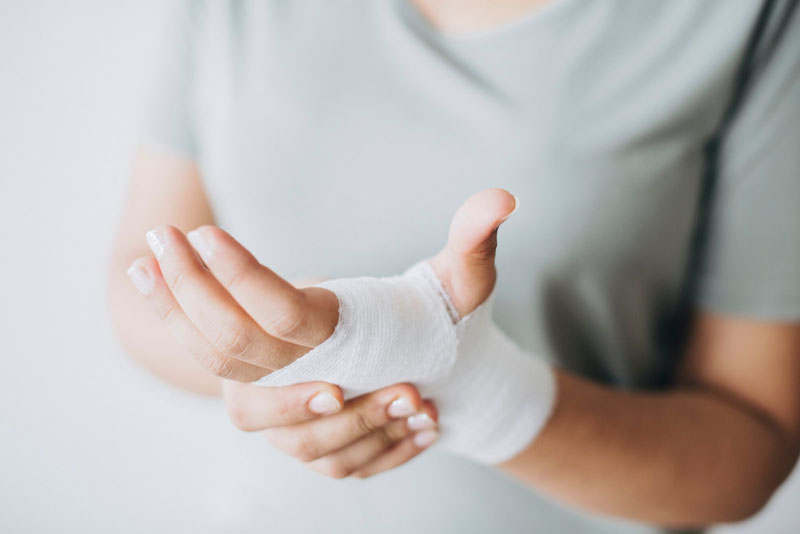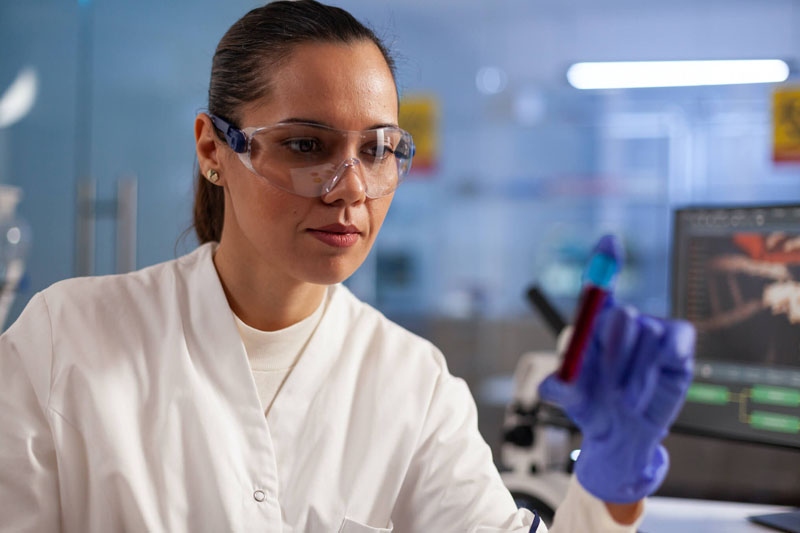Minor cuts and scrapes are common injuries that most people experience at some point in their lives. Whether they occur at home, work, or during other activities, it’s important to know how to treat them properly to avoid infections and promote quick healing. Although they are usually not serious, it is essential to give them the proper attention to prevent complications. In this article, we will explore how to treat minor cuts and scrapes.
First, Assess the Severity of the Cut or Scrape
Before proceeding with any treatment, it’s important to assess the severity of the injury. It’s crucial to distinguish when an injury requires professional medical attention. Here are some guidelines to identify if your wound may be more serious than it appears:
– If the cut is very deep and bleeds profusely, it may need stitches. A cut that exposes deep tissue, fat, or muscle also requires immediate medical attention.
– If the cut is located in delicate areas such as the face, eyes, hands, or joints, or if it affects movement, you should seek medical assistance.
– If bleeding does not stop after applying direct pressure for 10 minutes, the wound may be more serious and requires professional treatment.
– If the object that caused the cut was dirty or metallic (like a rusty nail), you may need a tetanus shot or antibiotics.
Once you determine that it is a minor wound, you can proceed with the appropriate treatment.
Clean the Wound
The first step in treating a minor cut or scrape is to clean the wound. This helps remove any dirt, bacteria, or debris that may have entered the skin, reducing the risk of infection.
Instructions for Cleaning the Wound
- Before touching the wound, be sure to wash your hands thoroughly with soap and water to avoid introducing bacteria.
- Use warm running water to rinse the injured area. If necessary, you can use a sterile saline solution or bottled water. There’s no need to use alcohol or hydrogen peroxide, as they can damage healthy tissue and delay healing.
- If there are dirt particles, glass, or any other small objects in the wound, try to gently remove them with sanitized tweezers or by rinsing well with water.
- If there’s dirt around the wound, carefully clean the surrounding area with soap and water. Avoid getting soap directly in the cut, as it can irritate the skin.
Stop the Bleeding
Most minor cuts and scrapes bleed little, and the bleeding can stop quickly. However, if the wound continues to bleed, follow these steps:
- Apply pressure: Use a clean gauze or cloth to apply direct pressure to the wound for a few minutes. This should stop the bleeding.
- Elevate the affected area: If possible, raise the part of the body with the cut above heart level to reduce blood flow and help stop the bleeding.
Once the bleeding has stopped, you can proceed to cover the wound to protect it.
Apply Antibiotic Ointment
After cleaning the wound and stopping the bleeding, it’s advisable to apply a small amount of antibiotic ointment. These ointments help prevent infections and also keep the skin hydrated, promoting faster healing. Be sure to use a moderate amount; a thin layer is sufficient.
Cover the Wound
While many minor wounds can heal uncovered, covering them with a bandage can provide a layer of protection against dirt and bacteria, especially if the cut is in a frequently used area, like the hands or knees.
How to Choose the Right Bandage
– Use an adhesive bandage (Band-Aid) that covers the wound completely.
– Use sterile gauze secured with medical tape or a larger adhesive bandage. Ensure that the bandage is not so tight that it restricts blood flow.
Change the bandage once a day or whenever it gets wet or dirty. Allow the wound to breathe from time to time to speed up healing.
Monitor the Wound for Signs of Infection
It’s crucial to monitor the wound during the healing process for possible infections. Some signs of infection include:
– Redness.
– Swelling.
– Increasing pain.
– Pus or discharge.
– Fever.
If you notice any of these symptoms, it’s important to seek medical attention as soon as possible for treatment with antibiotics or other necessary care.
How to Support the Healing Process
In addition to the steps above, there are some additional practices you can follow to promote the healing of minor cuts and scrapes:
– Keep the wound clean and dry: Wash the wound once or twice a day with warm water and gently dry it before applying the ointment and bandage again.
– Avoid scratching the scab: As the wound heals, it may form a scab. It’s important not to scratch it, as this can reopen the wound and increase the risk of infection or scarring.
– Eat well and stay hydrated: A diet rich in vitamins and minerals, especially vitamin C, supports skin repair and boosts the immune system.
You may also be interested: First aid for common home injuries
When to Seek Medical Attention
While many minor cuts and scrapes can be treated at home, there are times when it’s necessary to see a doctor. Seek medical attention if:
– The wound is deep, won’t stop bleeding, or shows signs of infection.
– You’re unsure when you last received a tetanus shot.
– The wound was caused by a dirty or rusty object.
Knowing how to treat minor cuts and scrapes is a basic skill that can help prevent complications and speed up the healing process. By following the proper steps to clean, disinfect, and protect the wound, along with appropriate monitoring for infections, you can ensure that these small injuries heal quickly and without complications.
Schedule an appointment now at Doctor Urgent Medical Care to receive the attention you need and improve your lifestyle. Your well-being is our top priority!





